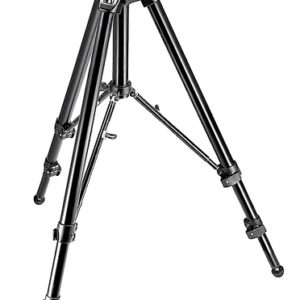I travel a fair bit. And like many photographers, I’ve grown to love some of the benefits that come from having a connected PDA in my travels: being able to handle business calls and emails and modest web browsing is a great benefit to me as a travelling sole proprietor. I’ve been using an iPhone 3G for the past year, and I’ve found a handful of useful applications that I’ve come to rely on in my work. Finding these applications can be a bit of a trick, most “iPhone photography” applications are aimed at folks making photographs with the iPhone itself. It can be hard to sort through applications for the rest of us.
For each application, I’ll also note whether the app functions without a connection to the internet. While network coverage continues to increase, in many of the areas where I often shoot, it’s still spotty or non-existent. So, for me, offline usage is a great benefit.

PhotoCalc 1.2.1 is a great starting point for this tour. It is intended as an all-in-one photo guide and calculator, including (in part) a depth-of-field calculator, flash exposure calculator sun/moon calculations. I don’t use flash much, and I tend to use another application for sun/moon calculations, but PhotoCalc is my go to application for depth-of-field and hyperfocal distance calculations in the field. PhotoCalc works fine without a network connection.
MagicHour (formerly VelaClock) is what I more often use for sunrise/sunset calculations. Going beyond sunrise/sunset, MagicHour’s data extends not just to the moment of sunrise and sunset but also gives provides civil, nautical, and astronomical twilight times. For very northerly or southerly areas, the length of photogenic twilight can get quite long, making MagicHour a valuable planning tool. MagicHour works without a network connection.
I’ve talked about tide prediction in previous posts so I won’t dwell on it, but I’m currently using Tides.app. Unfortunately, that application does not currently work without a network connection, and I tend to rely on paper tide tables such as the fabulous TideLog annual almanacs.)
On-line services are unavoidable for weather prediction, and of course the web provides a number of excellent resources. But, I’ve also become found of Accuweather’s eponymous weather application. I appreciate its ease of use and quick access to radar information. Personally, I don’t use the video forecasts much, but the few I’ve seen are informative and helpful. And the actual weather forecasts seem accurate as far as weather forecasts can be.
Anyway, that’s what’s in my PDA “kit bag” for the iPhone. Do you use your iPhone or other PDA in the course of your photography? I’d love to hear your suggestions!

howi
19 Jun 2009Thanks, Joe, for this post. I also use “PhotoBuddy” and “DoF Rechner” on the iPhone. Both support German as well as English language.
PhotoCalc would be great if it would support the metric system.
Lars Clausen
10 Dec 2009As an inhabitant of a Very Northern Country [TM], I’m curious what you consider “magic hour”. I’ve heard some say a rule of thumb that when your shadow is as long as you are tall, it’s time — which means it’s all magic hour in the winter around here. How far does the magic hour extend for you?
Joe Decker
11 Dec 2009Lars: I don’t have a hard and fast rule. For parts of my trip through East Greenland I’m not entirely sure it ever ended… ditto northern Iceland in June. And of course, what I’m shooting might want one sort of light or another. And weather conditions can change it quite a bit.
Still, if I put my first out at arm’s length, and if when I do this I see that the sun is less than “the height of my first at arm’s length above the horizon”, more often than not the light will be pretty warm (and creating a lot of interesting shadows as well due to the low approach angle.)
The MagicHour app is great when I drop into a new location and wonder what things are going to be like the first day, but … really, it’s only a starting point.